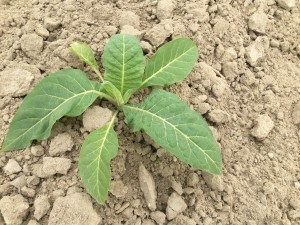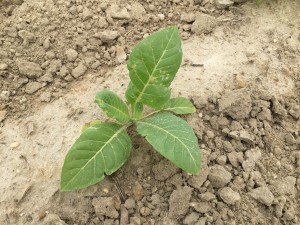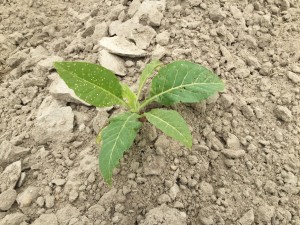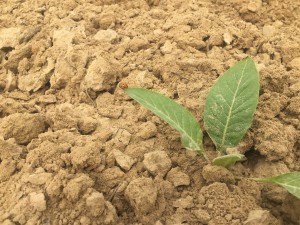Tobacco Insect Activity and Research Projects
go.ncsu.edu/readext?412414
en Español / em Português
El inglés es el idioma de control de esta página. En la medida en que haya algún conflicto entre la traducción al inglés y la traducción, el inglés prevalece.
Al hacer clic en el enlace de traducción se activa un servicio de traducción gratuito para convertir la página al español. Al igual que con cualquier traducción por Internet, la conversión no es sensible al contexto y puede que no traduzca el texto en su significado original. NC State Extension no garantiza la exactitud del texto traducido. Por favor, tenga en cuenta que algunas aplicaciones y/o servicios pueden no funcionar como se espera cuando se traducen.
Português
Inglês é o idioma de controle desta página. Na medida que haja algum conflito entre o texto original em Inglês e a tradução, o Inglês prevalece.
Ao clicar no link de tradução, um serviço gratuito de tradução será ativado para converter a página para o Português. Como em qualquer tradução pela internet, a conversão não é sensivel ao contexto e pode não ocorrer a tradução para o significado orginal. O serviço de Extensão da Carolina do Norte (NC State Extension) não garante a exatidão do texto traduzido. Por favor, observe que algumas funções ou serviços podem não funcionar como esperado após a tradução.
English
English is the controlling language of this page. To the extent there is any conflict between the English text and the translation, English controls.
Clicking on the translation link activates a free translation service to convert the page to Spanish. As with any Internet translation, the conversion is not context-sensitive and may not translate the text to its original meaning. NC State Extension does not guarantee the accuracy of the translated text. Please note that some applications and/or services may not function as expected when translated.
Collapse ▲I’m Pete Nelson, a graduate student in the Entomology Department, co-advised by Drs. Hannah Burrack and Clyde Sorenson. My dissertation research is focused on assessing the impacts of various tobacco production practices, including insecticide use, on predatory insects.
Earlier this week I was checking my plots at the Cunningham Research Station and Upper Coastal Plain Research Station and found several insects on the plants. Flea beetles were feeding on plants, but their damage was influenced by plot treatments. In the first treatment, I applied the systemic neonicotinoid insecticide imidacloprid to plants in the greenhouse. Virtually all conventionally grown tobacco in North Carolina are treated in this manner to control for early season pests including aphids, flea beetles, and the spread of Tomato Spotted Wilt Virus by thrips. In the second treatment, I applied the same insecticide to plants at transplant. A third treatment received no insecticide application. In the images below, flea beetle feeding damage is apparent in the second and third treatments and is absent in the first treatment, illustrating the usefulness of the imidacloprid in early season applications.

Recently planted tobacco at the Lower Coastal Plain Research Station, Kinston, NC. This plant was treated with imidacloprid in the greenhouse prior to transplant. Photo: Pete Nelson.
Lady beetles are beneficial insects or natural enemies of tobacco pests. This lady beetle is likely looking for aphids to feed upon. Imidacloprid’s impact on predatory insects in tobacco has not been fully assessed and future posts by myself will focus on this.





